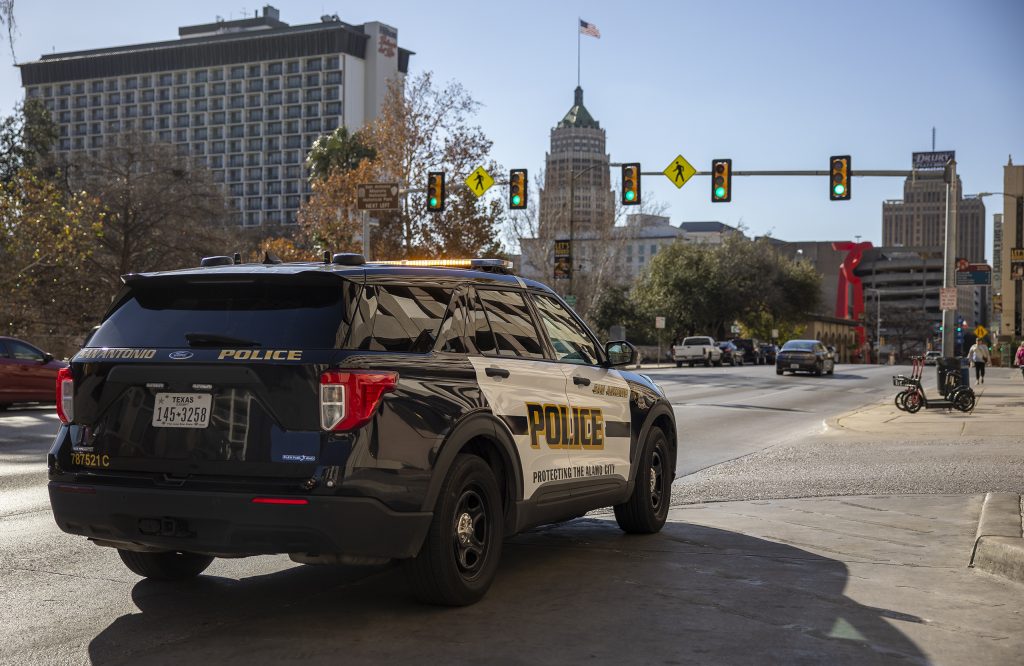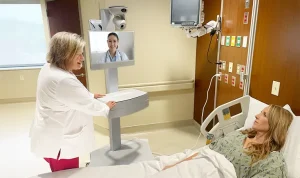San Antonio leaders are considering a partnership that would bring police officers out of retirement to help respond to lower priority calls, such as non-injury traffic accidents, parking citations and noise complaints.
District 1 Councilwoman Sukh Kaur filed the council consideration request, proposing that the city use civilian city employees or retired police officers with the San Antonio Police Officer’s Association to respond to lower nuisance calls.
Like major cities across the country, San Antonio police officers respond to all 911 calls, including nonviolent ones and minor nuisances, potentially delaying responses to other more serious crimes, like shootings.
But there are still a lot of questions about how the partnership would work, including how much hiring retired officers would cost the city or how they would even get to the scene.
“The benefit to this would be really to help reduce workload from the San Antonio Police Department so they can focus on urgent and critical calls while also making sure our neighborhood issues get addressed,” Kaur said in an interview Wednesday.
It could be similar to San Antonio’s SA CORE, in which 911 diverts calls to a team with a specially-trained police officer, a paramedic and a licensed mental health clinician.
The partnership supports the police department’s goal to reduce how much time it spends on administrative tasks — which will be presented at an upcoming public safety committee meeting, Kaur said — to improve police response time and focus quickly on critical calls that need to be addressed.
There currently aren’t any police departments in Texas that partner with retired police officers to respond to lower level crime.
Denver and New Orleans have similar policing methods that use retired police officers which has helped cut police response times; it’s usually funded by general budget dollars, Kaur said.
Johnny Perez, vice president of the San Antonio Police Officers’ Association, said San Antonio would be a good place to start.
He said SAPD Police Chief William McManus told him that police response times are good, but that several officers would be happy not having to respond to some of those private nuisance calls.
Perez noted that the language of the request is important to agree on to avoid the perception that the city’s goal is to civilianize the police department when really it needs more officers to patrol the streets. Retired officers would have been trained to know how to deescalate situations.
“Is the city going to provide vehicles for them? There’s so much [questions],” Perez said.
More information on current SAPD response times will be presented at Tuesday’s public safety committee meeting, but SAPD confirmed it has 255 vacant positions, and Perez said the department is short on patrol vehicles for its officers.
The council consideration request, filed last week, heads to the governance committee now, while Deputy City Manager Maria Villagómez works with SAPD to create a plan for how the partnership could work.
If the partnership is implemented, Kaur says it would begin in 2026.
Negotiations will take place through the summer and fall, Kaur said, so that the agreement is added into the new police contract when it goes into effect next year.
Councilmen Jalen McKee-Rodriguez (D2), Manny Peláez (D8) and John Courage (D9) as well as Councilwoman Melissa Cabello Havrda (D6) have shown support for the proposal.








